Extend Your Harvest: Grow Undercover
Enjoy fresh vegetables all winter long by "growing undercover." Learn more.
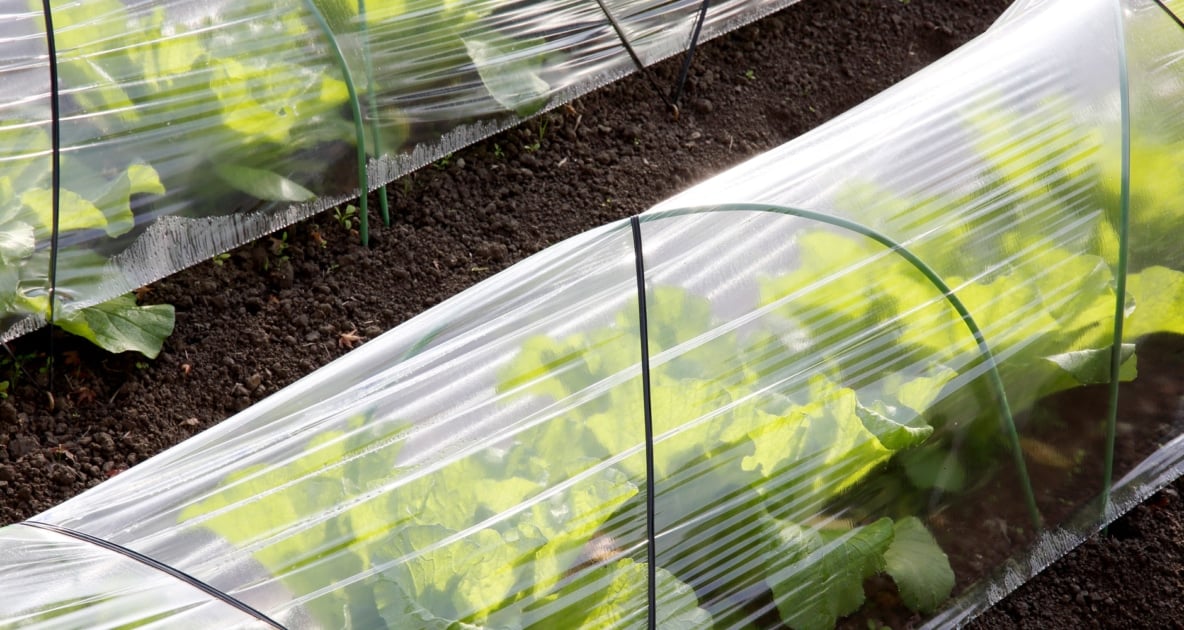
For gardeners or small-scale farmers, high tunnel or hoop house growing are great ways to add as much as a month of extra growing time onto either end of the season. When, after the last frost, most gardeners are just getting their seedlings into the ground, you can already be tending flowers on your plants. And when other people are putting their beds to sleep in the fall, you can still be harvesting ripe tomatoes and tender greens from your hoop house.
With a little innovation, though, you can begin to experiment with pushing the boundaries of season extension even further. Read on for some tips on how to keep growing all winter long, even as the snow comes down:
Growing (Even More) Under Cover
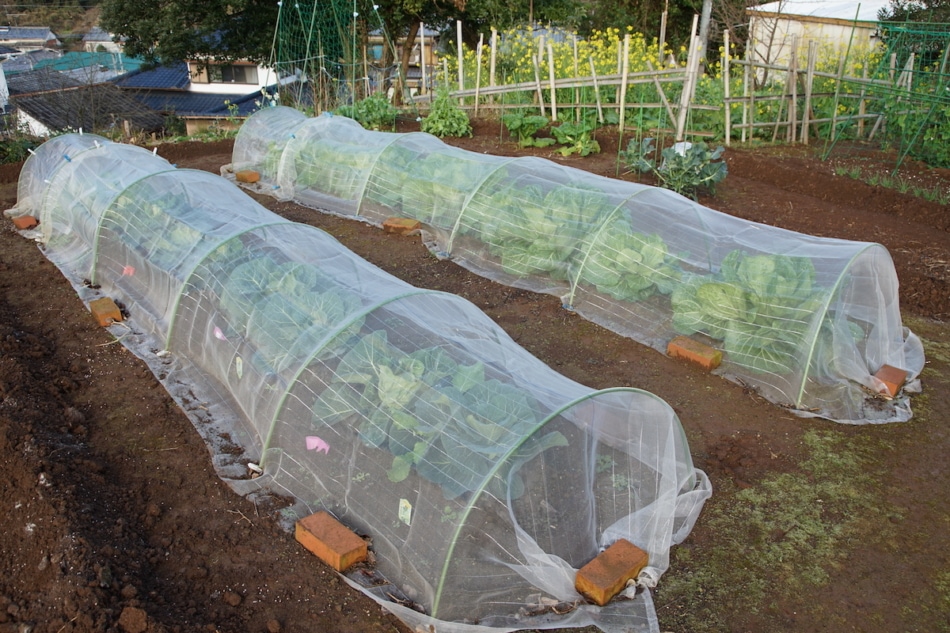
If you live in a colder climate, your hoop house won’t be able to protect your plants forever. Eventually, the cold and frost will seep in. That doesn’t mean that there aren’t other creative ways to keep the temperatures high in that high tunnel of yours. A simple way to protect your plants even more from the elements is to construct a mini-greenhouse inside your tunnel or hoop house.
Some garden centers use recycled metal fencing, flexible enough to create an arch, to build the frame of a mini-greenhouse. Bend it over a bed of lettuce and then drape reemay fabric, also known as floating row cover, on top of the arch, clipped on with clothespins. The resulting mini-greenhouse stood about 14″ above the greens.
The extra covering of a mini-greenhouse helps to raise the temperature underneath 2-4° F, which is not only warm enough to keep the plants from getting any cold damage but helps to foster new growth. Each layer of covering you place over a plant is equivalent to moving it one and a half USDA zones south. For instance, if you live in a cold location, like Zone 5 in Maine, the cover of your hoop house, plus a floating row cover, moderates the temperature of your plants almost to Zone 8. That’s the equivalent of transporting your plants from Northern New England to Southern Pennsylvania with just a house of plastic and some cloth!
This system works well for a number of different varieties of cold-hardy vegetables. Certain plants like kale, mustard greens, spinach, and arugula can be harvested all winter long using this system. If you happen to have varieties planted that are more cold-sensitive, you can use plastic rather than reemay over your mini-greenhouse. If you use this method, though, you will need to regularly lift up the plastic to ventilate, especially on warm days when the humidity is greater. If you are interested in putting in some extra time, you can also place some warm blankets over your plants in the evening when it gets coldest as another layer of protection.
A Quick Tip on the Magic of Hot Bottles
Another way to help keep your plants snug as bugs in rugs is to place gallon milk jugs that are painted black and filled with water throughout your cold frame. These will heat up during the day, and slowly release heat throughout the night. If your hoop house is very large, you may want to consider black 50-55 gallon drums filled with water, instead.
Growing (even more) undercover is a great way to keep fresh greens, tender shoots, and crunchy roots on your plate all winter long.
If you are interested in continuing to benefit from the wonders of high tunnel growing and season extension make sure to check out these helpful books and resources:
The Winter Harvest Handbook, by Eliot Coleman
Four Season Harvest, by Eliot Coleman
Walking to Spring: Using High Tunnels to Grow Produce 52 Weeks a Year, by Paul and Alison Wiediger, Au Naturel Farm
The Hoophouse Handbook, by Lynn Byczynski
Until next time, keep growin’
Sherie Blumenthal
Sherie Blumenthal is a Food Access Coordinator with Lots to Gardens, an urban gardening and community nutrition initiative sponsored by St. Mary’s Health System in Lewiston, Maine.


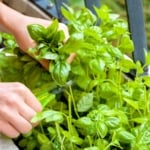
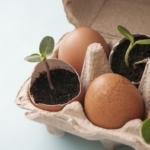

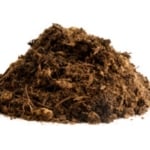
Thank you, Sherrie, for this valuable information. I’m a native Californian, who lived there 50 years until we retired 5 years ago to the mountains of Tennessee. (zone 6/7) I figured I wouldn’t be able to grow anything during late fall through winter but you’ve blown that idea away with the above information! I never planted fall/winter veggies because I didn’t have room in my garden; but now with hoophouses and row covers, I’ll be able to double my yearly harvest! I hate paying such high prices on veggies during the winter and they never taste as good as home-grown. Thank you!